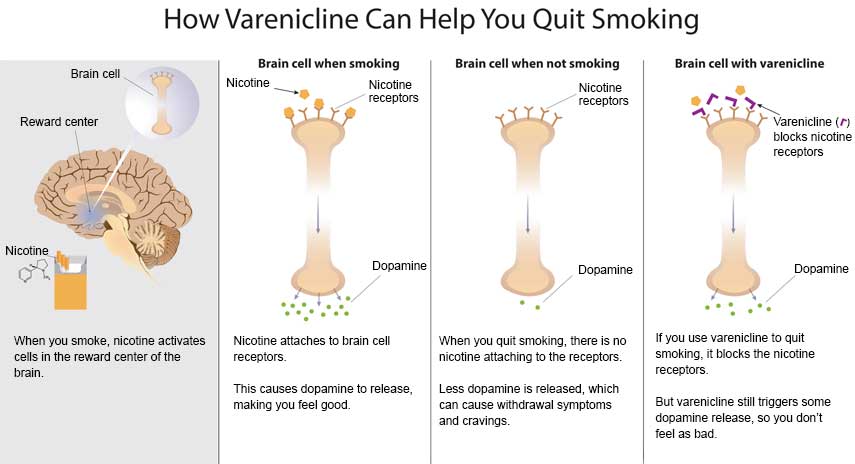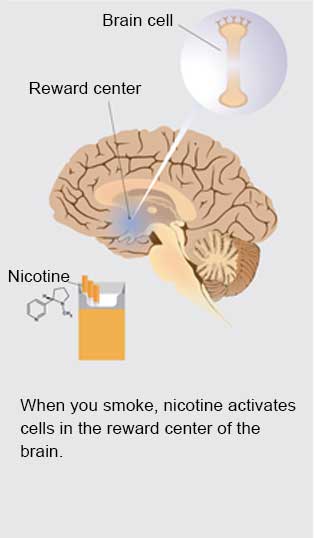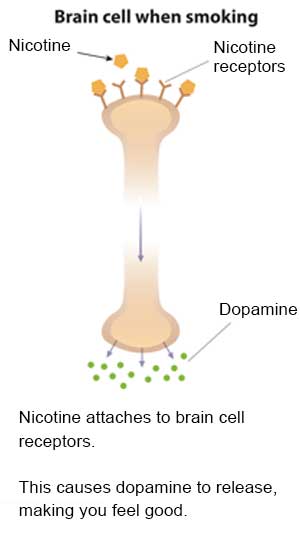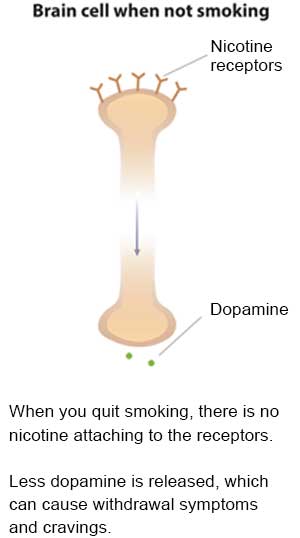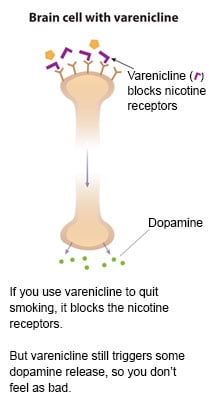Five New Ways to Quit With Medicines

Most people who smoke have tried to quit many times. Maybe it feels like you’ve tried everything and nothing worked. We’ve got some good news! We now know much more about what works best to help people quit smoking. Here are five new ways to quit that are proven to work for adults. They can help make quitting easier, less painful, and more successful.
All of these ways to use medicines shown here are reviewed in Smoking Cessation: A Report of the Surgeon General [PDF – 1.8MB], but not all have been evaluated or approved by the FDA. As with all health conditions, consult your healthcare provider.
- 1) Using more than one medicine can help a lot.
- 2) One non-nicotine medicine is especially effective.
- 3) You can increase your chance of success when using quit- smoking medicine.
- 4) Get quit-smoking medicines for free or reduced cost.
- 5) You can start taking some medicines before you quit.
- Think you know the ways medicines help you quit? Take this quiz.
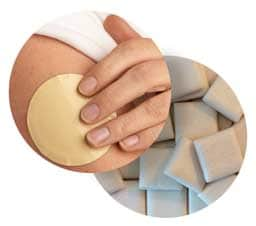
How to use two NRTs together:
- Put on a new patch each morning to get a steady level of nicotine that will reduce your cravings and withdrawal symptoms throughout the day.
- Use a fast-acting nicotine medicine like lozenges or gum to quickly combat cravings.
- You can control how often you use the fast-acting medicine, so you won’t get more nicotine than you want.
- This combination is easy to use. Using two NRTs together can help you quit more successfully than using a single medicine.

Varenicline is a pill that works differently from other medicines. It does not contain nicotine. It works by attaching to the same parts of your brain that are stimulated by nicotine. This means that nicotine from a cigarette has fewer places to attach because the varenicline is already there. This makes it harder to get a nicotine “buzz.”
Varenicline:
- Reduces your urge to smoke and enjoyment of cigarettes.
- Gives you the strongest chance for success of any single medicine.
- Is started a week or more before you quit smoking.
Get some free coaching to help you quit.

Wondering which quit-smoking medicine to use, or which dose to start with? Having problems with a medicine and not sure what to do?
Talking with a quit coach or a healthcare professional such as your doctor or pharmacist, will help you get the most out of the medicines you are using. You can also get other tips about ways to deal with urges to smoke.
Check out this sampler of tips that a coach can provide to help you.
If you have health insurance:

- Most health insurance plans cover FDA-approved quit-smoking medicines, including over- the-counter medicines.
- Even if you want to use an over-the-counter medicine, you may need to get a prescription from your doctor in order to have your insurer cover it.
- If you aren’t sure how to get them for free or reduced cost, talk to your pharmacist or call the number on your insurance card. You can also call 1-800-QUIT-NOW where a quit coach can help you connect with quit-smoking medicines.
If you don’t have health insurance:
- Call 1-800-QUIT-NOW to ask about free or reduced-cost quit medicines.
- Quit coaches can help connect you with quit-smoking medicines through community programs. Some states have special programs for people who smoke and don’t have health insurance.
- They may also be able to provide you with free medicines directly, for example by sending some nicotine patches, lozenges, or gum to your home.
- Try shopping around or using discount coupons. You may be able to buy nicotine patches, for example, for much less than the cost of a pack of cigarettes!
- Look online or ask your pharmacist if they know about any discount programs you may be eligible for.
- Once you quit, you’ll save the money you used to spend on cigarettes!
- ✔ Let your doctor or pharmacist know that cost is an issue for you. They may be able to help you choose a lower-cost type of medicine that will still work.
- ✔ Shop around for the lowest price. Prices for the same medicine can be very different from store to store or brand to brand.
- ✔ Find discount coupons and price information online or ask your pharmacist. Remember that the prices you see online may be different from what you would actually pay if you have insurance coverage.
- ✔ Once you quit smoking, you will save the money you were spending on cigarettes. Quit- smoking medicines often cost less than cigarettes, and you won’t use the medicines forever. Here is a savings calculator so you can figure out how much you’ll save when you quit.
- ✔ Buy a larger supply. Many quit-smoking medicines are discounted if you buy more. Buying a larger supply of medicine may also help you stay committed to using the medicine for longer and may help you stay quit.

- It’s OK to start nicotine patches, gum, or lozenges a week or two before you quit smoking. This can help you get ready and may cut down on your smoking.
- Starting medicine, especially the nicotine patch, before you quit may improve your chances of quitting successfully.
- If you start NRT while still smoking, it is important that you do so as part of an effort to quit completely, preferably in a week or two after starting the medicine.
- Quit-smoking pills (varenicline or bupropion) are recommended to be started a week and more before quitting. Your doctor will discuss the best time to start when you get your prescription.
